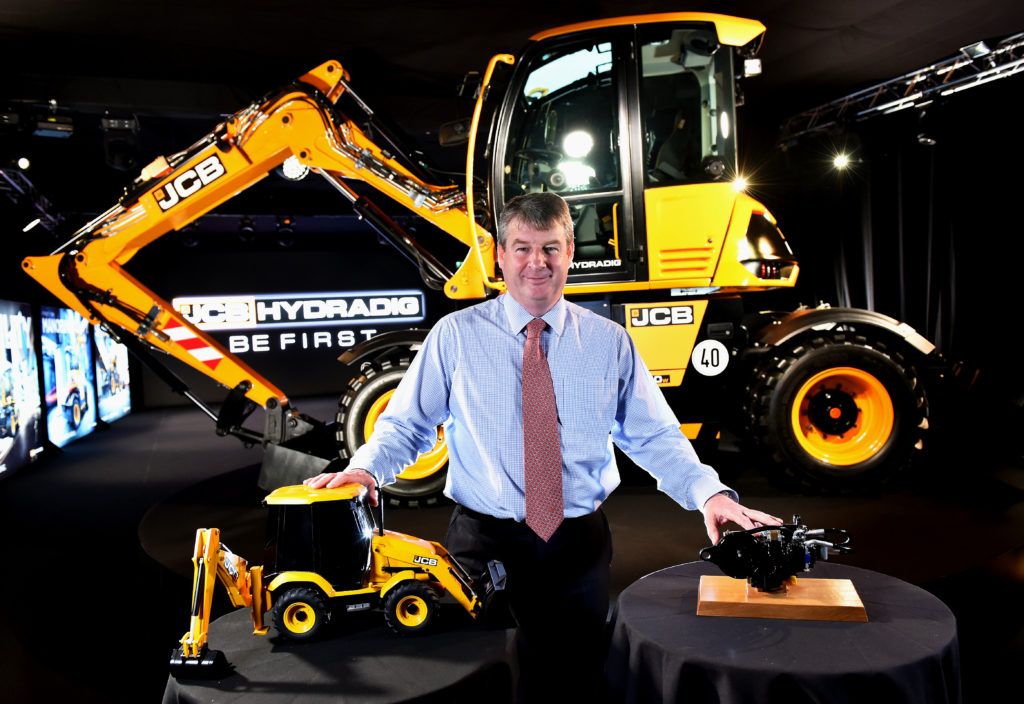With technology changing so many elements of construction equipment, product development is now proceeding at an unprecedented rate, says Alan Berger, CEO of the on- and off-highway vehicle consultancy, abcg AB
 Someone once said that business has only two functions – marketing and innovation. If that is true then the construction equipment industry is currently in overdrive on the latter. This is being driven by the competitive need to keep pace with the most complex transformation the industry has ever seen.
Someone once said that business has only two functions – marketing and innovation. If that is true then the construction equipment industry is currently in overdrive on the latter. This is being driven by the competitive need to keep pace with the most complex transformation the industry has ever seen.
This is what my advisory firm abcg calls the ‘triple technology challenge’ – automation, connectivity and alternative fuels. While product development has always moved the game on, it has generally done it in a steady-as-she-goes sort of way. No longer – now the traditional R&D rulebook has been torn up, and change is happening at lightning speed.
“When it came to innovation the off-highway industry once almost prided itself on being a decade behind the automotive sector”
New – but not that new
The traditional product development approach for OEMs was a combination of product development teams coupled with a small group of engineers who developed new technologies. Output was limited, product updates kept relatively small to manage risk.
The innovation teams had limited resources and focused on developing a few technologies for high priority products.
When is a vehicle company not a vehicle company? When it’s a tech company
With the combination of high-power computing and electronic components getting cheaper (thereby making software-controlled features more commercially viable), limitations are falling away. Not only is this opening entirely new ways to address market needs, but also the speed of development is higher.
Just as important – especially for US publicly traded companies – investing in software features enables them to position themselves more as tech companies – which are valued more highly than vehicle companies. (Case in point – ‘tech’ company Tesla’s market cap vs. automotive manufacturer Ford’s.) Because of this, the industry is now in a high-speed race to innovate in new ways.
US changes to intellectual property laws have gradually made it easier to gain access to university research. This in turn has encouraged OEMs to place development centres at universities, leveraging the environment and the technology for rapid development.
The innovation money tree
This change also created more university spin-off startups. But technology alone does not make a startup work; it requires funding until it has cash-generating products in the market. Money for this has largely come from the rapidly growing US venture capital (VC) market. OEMs have adopted this start-up ecosystem to accelerate their innovation, either by partnering with these new players – or
outright buying them.
But these approaches are not the entire story. The famous bank robber Willie Sutton once said: “I rob banks because that’s where the money is”. The industry has taken this obvious but nonetheless sage advice to heart – and are opening development centres where the engineers are, rather than trying to get engineers to move to their development locations.
Never-ending story
When it came to innovation, the off-highway industry once almost prided itself on being a decade behind the automotive sector. This is no longer the case. From tech laggards they are getting smart fast. Of course, this is an evolving story, with new approaches being adopted and abandoned in equal measure.
What is clear is that rapid innovation is not a fad, but rather here to stay. Change may be uncomfortable– but being in this industry has never been more exciting.




